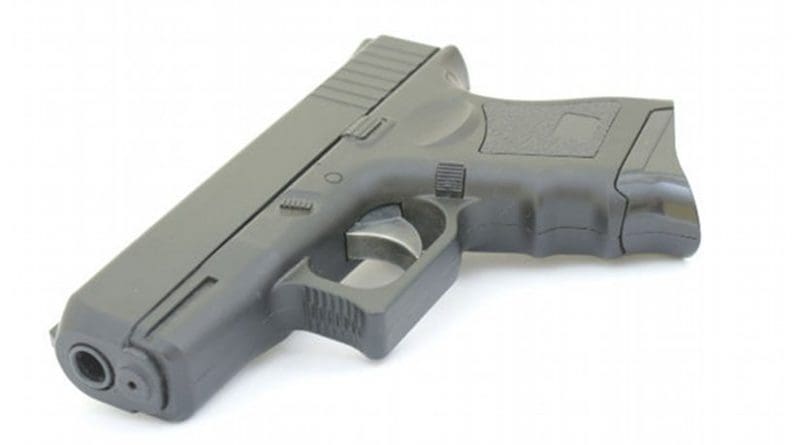US Regions With Stricter Gun Laws Have Lower Rates Of Pediatric Injuries Due To Firearms
New research shows regions of the United States that have the strictest gun laws also have the lowest rates of childhood firearm injuries, with the Northeast region of the U.S. having the lowest rates of child injuries due to guns.
The study abstract, “Geographic Regions with Stricter Gun Laws Have Fewer Emergency Department Visits for Pediatric Firearm-Related Injuries: A Five-Year National Study,” will be presented Friday, Sept. 15, at the American Academy of Pediatrics National Conference & Exhibition in Chicago.
For the study, researchers compared regional firearms laws to the number of firearms-related injuries in regional emergency departments. Using national data from the Nationwide Emergency Department Sample from 2009-2013, researchers analyzed 111,839 emergency department visits for pediatric firearm-related injuries across the U.S., broken down by state and region.
“Our research confirms that regions that have stricter gun laws have a significantly lower rate of firearm injuries among children,” said Monika Goyal, MD, MSCE, an assistant professor of pediatrics and emergency medicine at Children’s National Health System and The George Washington University.
For their analysis, researchers ranked each region in the U.S. using the Brady Gun Law Score, which scores all 50 states based on policy approaches to regulating guns and ammunition, such as background checks on gun sales, reporting lost or stolen firearms, and restricting the purchase of weapons among high-risk populations. A higher regional median Brady Gun Law Score indicates stricter gun laws. The Northeast region of the U.S. received the highest score at 45, with the Midwest and Western regions next at 9, while the South received the lowest score at 8.
Researchers then compared the regions’ Brady Gun Law Score to the number of pediatric emergency department visits for firearm injury. They found that the regions with higher Brady scores also had lower rates of emergency department visits for firearm injuries among children and teens, suggesting that stricter gun laws are correlated with lower firearm injury rates among youths.
Researchers found that firearm injury rates in the Northeast decreased during the study period and that the Northeast had the lowest rate: 40 firearm injuries to children and teens per 100,000 emergency department visits. This was followed by the Midwest, with a rate of 62 injuries to children and teens per 100,000 visits, and the West at 68 injuries to children and teens per 100,000 visits. The South at 71 injuries per 100,000 visits had the highest rates of visits for pediatric firearm injuries.
During the study period, firearm-related emergency department visits remained consistent at a rate of 65 injuries to children and teens per 100,000 pediatric visits or 22,368 visits per year, on average. Of those injuries, the average age of emergency department patients seen for firearm injuries was 18 years of age, and most of those seen were male. Researchers found that during the study timeframe, 6,500 patients died and more than one-third of these children and teens were admitted to the hospital for their injuries.
“Our study highlights the regional variations in gun laws,” said Dr. Goyal. “It also suggests how gun laws may help to reduce the number of pediatric firearm victims being treated in the emergency department each year.”

